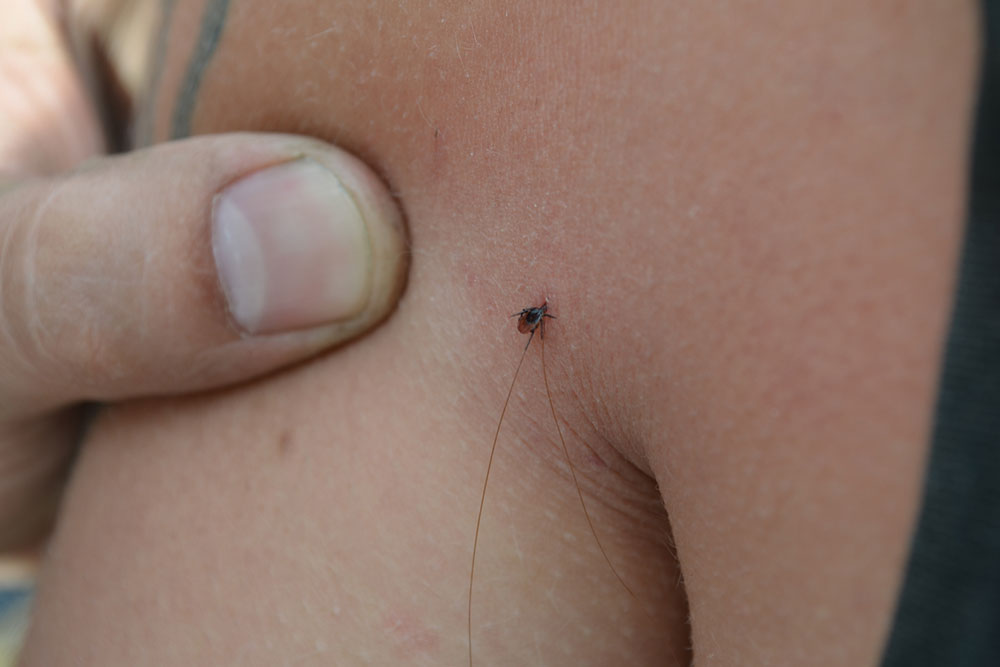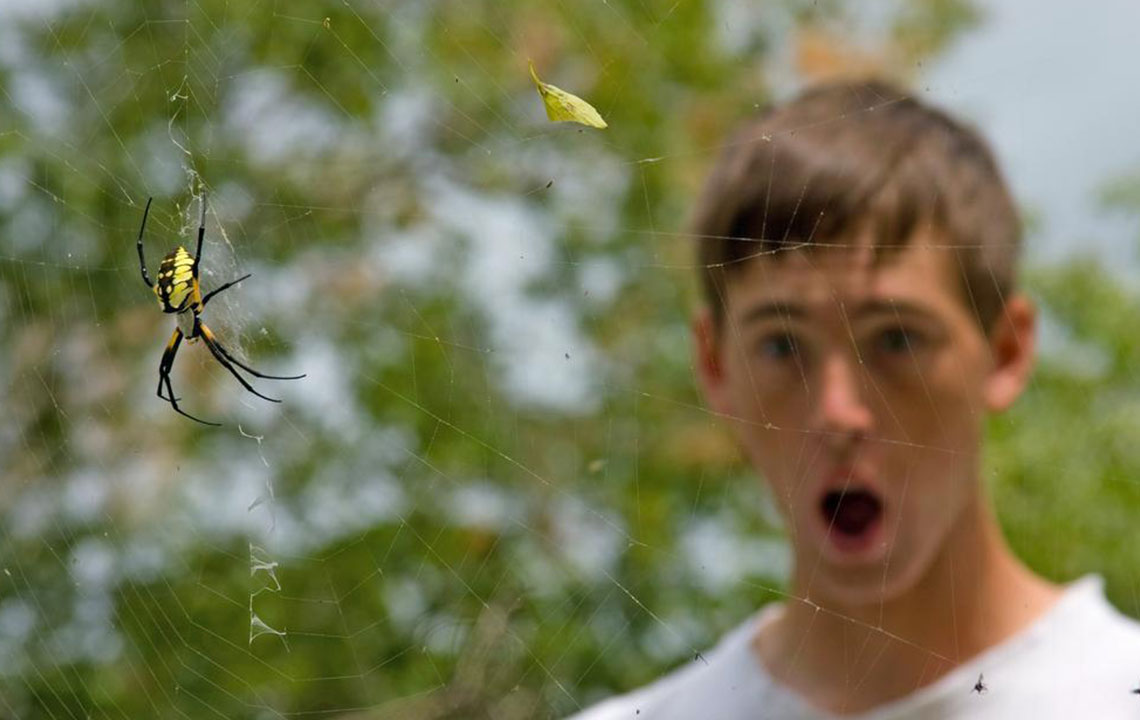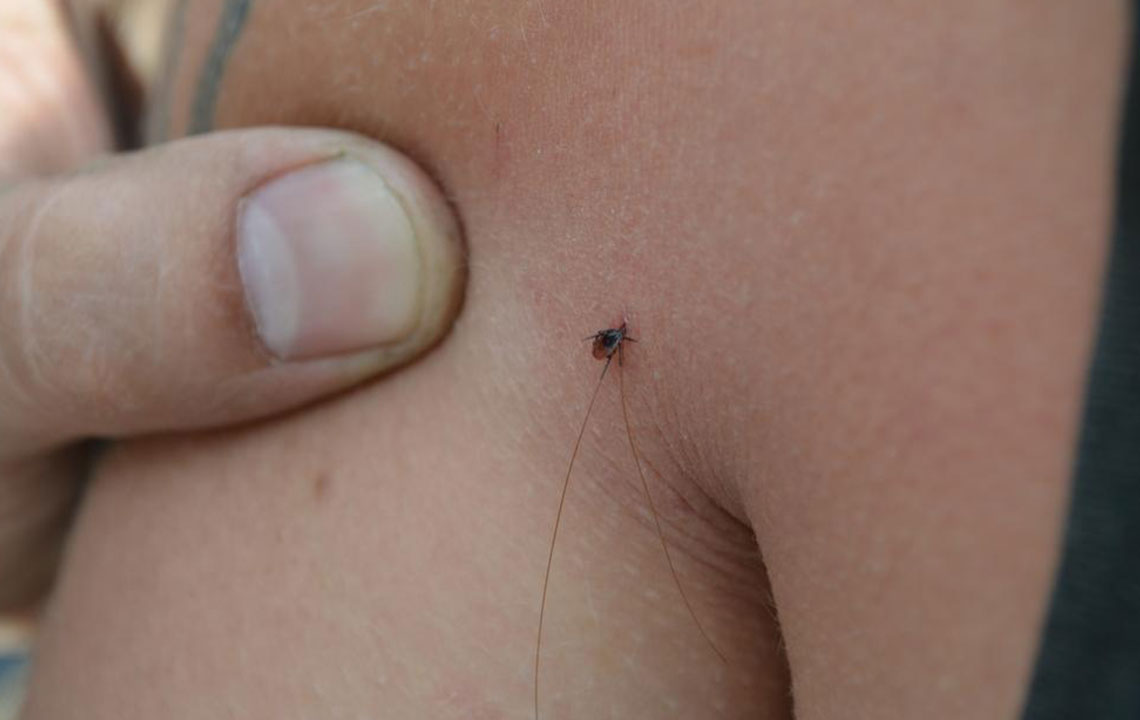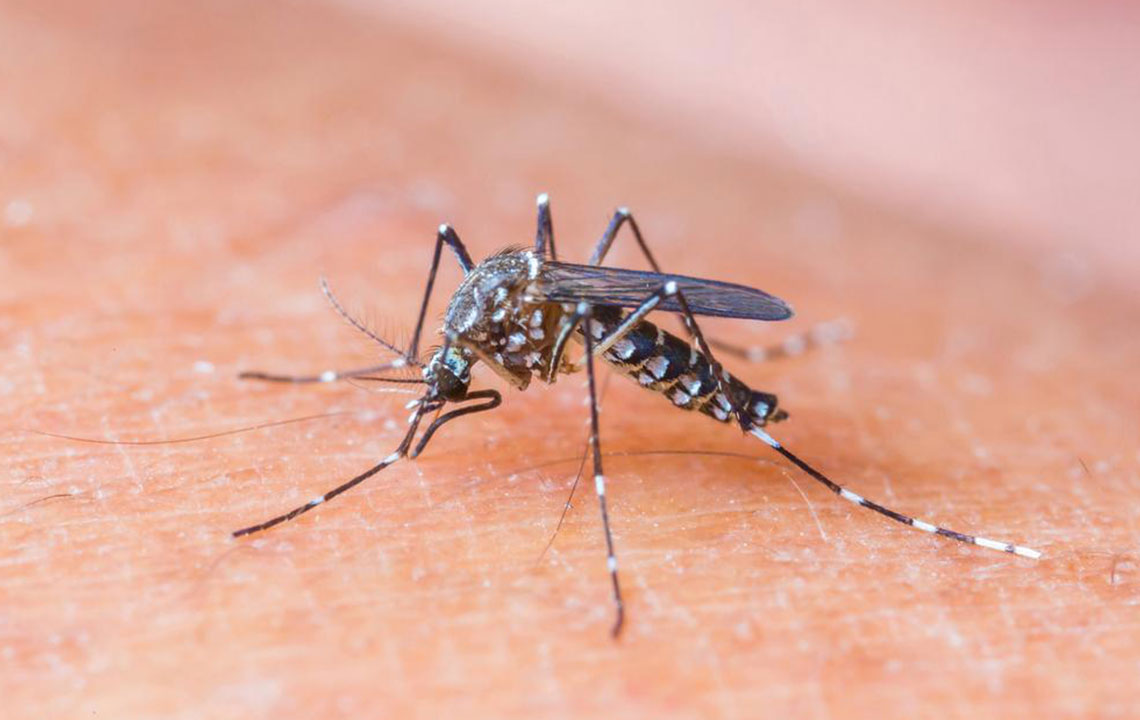Guide to Recognizing Different Types of Spider Bites
Learn how to distinguish between common and dangerous spider bites. This guide covers identification tips, symptoms, and recommended actions for bites from species such as black widows and recluse spiders, emphasizing the importance of prompt medical attention for venomous bites. Protect yourself by understanding these signs and knowing when to seek help.

Guide to Recognizing Different Types of Spider Bites
While many believe that spider bites are harmless, this is not always true. Some bites can be painful and pose health risks, especially if not identified promptly. Spiders vary widely across the globe, with thousands found domestically—only a few are truly dangerous to humans.
Though all spiders produce venom, most inject only small amounts that are harmless to humans, mainly targeting insects. Only certain species can puncture skin deeply enough to cause health issues.
Many spider bites leave minimal marks, often appearing as minor skin punctures that heal within days. Only bites from venomous spiders may cause severe symptoms. Identifying these bites involves noting signs like redness, swelling, and pain around the wound.
Common Symptoms to Watch For:
Itching or rash
Pain at the bite site
Muscle cramps
Excessive sweating
Breathing difficulties
Nausea or vomiting
Fever
Elevated blood pressure
Dangerous Spider Species and How to Spot Them:
The two most concerning spiders are the black widow and the recluse. The black widow is identifiable by its shiny black body and a distinctive red hourglass shape on its abdomen, usually measuring about half an inch. They tend to hide in quiet places like garages or woodpiles.
Bitten initially resemble typical insect bites, with redness and swelling. Severe pain can develop within an hour, spreading across the body and causing sweating, breathing trouble, rapid heartbeat, and vomiting. The wound becomes more inflamed over time.
The brown recluse has six eyes arranged in a distinctive pattern, unlike most spiders with eight. Common in basements and attics, they bite defensively. The sting is mild initially but worsens over hours, forming a blister with a necrotic center, accompanied by fever and gastrointestinal discomfort.
Other less dangerous but noteworthy species include:
Hobo Spider: Once feared, these spiders typically bite only if provoked. Numbness at the bite site and fluid-filled wounds emerging after 24 hours are common.
Tarantula: Known for their large, hairy appearance, tarantula bites are usually mild, resembling a bee sting. They are mainly found in arid regions, and identification of their bite is straightforward.
For any spider bite, clean the area, apply ice, and take pain relievers like ibuprofen. Seek medical attention if symptoms worsen or if bitten by a wandering dangerous species. Avoid scratching and strenuous activity to promote healing.









